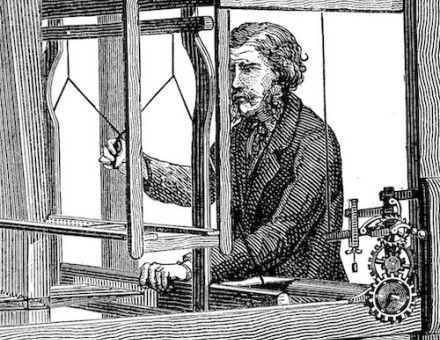The Persian Crisis
Christopher Sykes delivers a historical backdrop to mid-20th century tension on the Persian Gulf.
The most striking event in modern Persian history is the reign of the late Shah, Reza Pahlevi, and our interpretation of that episode must influence our interpretation of all that has followed, including the present dispute with the Anglo-Iranian Oil Company. Roughly speaking, there are two theories about this remarkable personality. The official one, widely accepted abroad, is that he was a great sovereign, a saviour of society, the Peter the Great of his nation. He gave Persia modern buildings, modern ideas, an army, and (a rarity in post-Xerxesian history), a Persian navy, too. People who admire reformers find many things to delight them in Reza Shah; they say that he did wonders for his country. The other theory which was widely, even officially propagated at the time of his abdication, has now become somewhat unfashionable, thanks to the skill of Persian propagandists and also to the uncritical admiration felt for him in this country among many members of the Anglo-Iranian Oil Company. From this other point of view, his influence was as disastrous for Persia as Ataturk’s was fortunate for her next-door neighbour.





